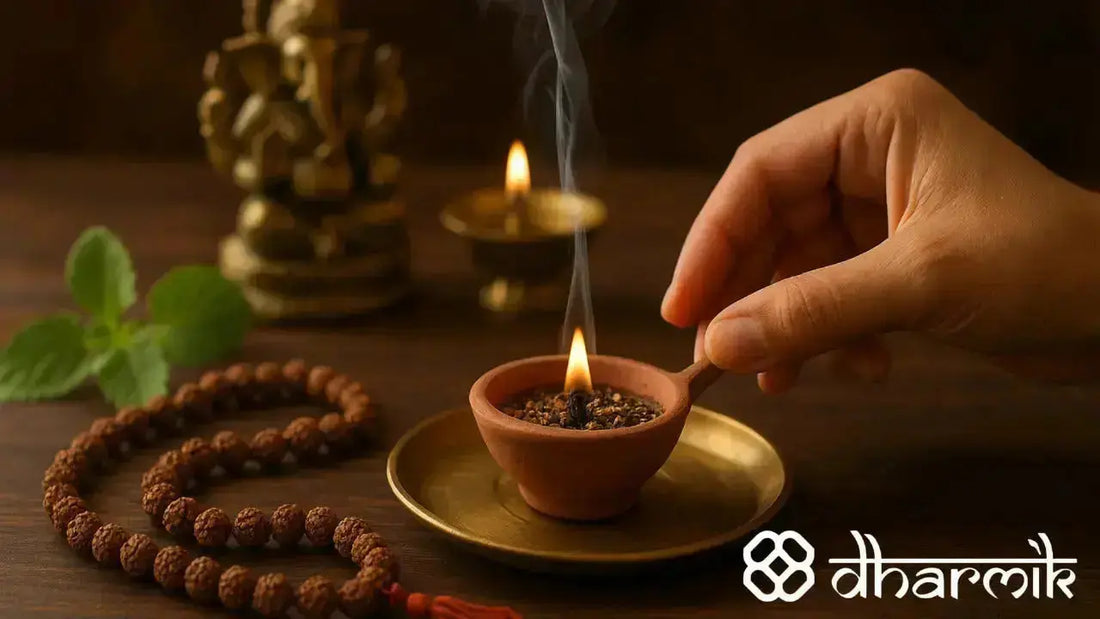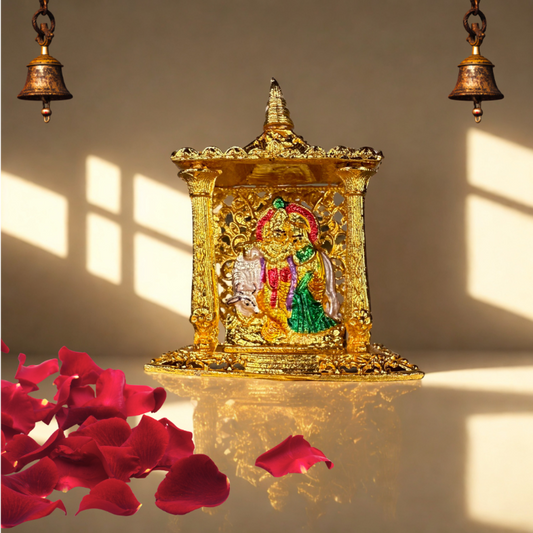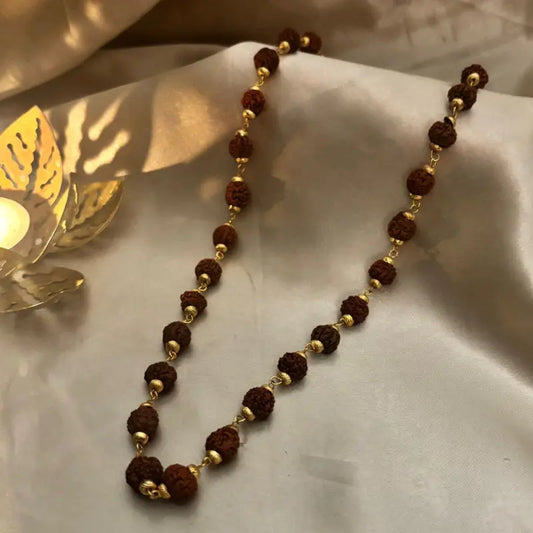
Safety Tips for Burning Incense Cups Indoors
Share
There’s something deeply soothing about the moment an incense cup diya is lit. The gentle aroma rising through the air has the power to calm the mind, purify the home, and elevate the spirit. For many Indian households, home pooja incense is not just a ritual; it’s a daily act of devotion, connecting body, mind, and soul to the divine.
But while incense cups bring peace and positivity, burning them indoors requires mindful care. In this guide, we’ll walk you through practical incense cup safety tips and incense cup care practices to help you enjoy your spiritual rituals safely and beautifully, the way Dharmik envisions pure, intentional, and full of grace.

The Sacred Fragrance of Devotion
In Indian homes, the act of lighting incense is as symbolic as it is sensory. The rising smoke represents prayers ascending to the heavens, carrying with it intentions of purity and gratitude. When you use natural incense like Dharmik’s handcrafted incense cups, made from Desi Gobar (cow dung), Loban, Kaphoor, Sugandh Kokila, and Guggal, the aroma feels divinely earthy and spiritually grounding.
Whether you’re seated before your deity, wearing your Tulsi mala for prayer or your Rudraksh mala for meditation, the fragrance of natural incense deepens that moment of stillness and focus. However, to sustain the sanctity of your space, safety must always be at the core of your ritual.
Essential Safety Tips for Burning Incense Cups Indoors
1. Place the Incense Cup on a Safe Surface
Always burn your incense cup diya on a heat-resistant plate or holder; brass, marble, or ceramic are ideal. Never place it directly on wooden tables or surfaces covered with cloth. Traditional households often use a brass pooja thali not just for aesthetics, but for safety it reflects both light and devotion.
2. Ensure Good Ventilation
The key to safe indoor burning is balance: enough airflow to let the fragrance spread, but not so much that it extinguishes the cup or scatters ash. Crack open a window or keep a door slightly ajar. A well-ventilated room allows the aroma to circulate evenly, refreshing the energy without causing smoke buildup.
Light your incense cup when the air is calm, preferably during early morning or dusk, the sacred hours of prayer. If you meditate wearing your Dharmik Rudraksh mala, this combination of fragrance and focus helps regulate breath and deepen awareness.
3. Keep Away from Curtains and Fabrics
Curtains, cushions, and wall hangings may add warmth to your home, but they’re also highly flammable. Always maintain at least two feet of distance between your burning cup and any fabric. It’s a simple yet often overlooked incense cup safety tip that can prevent accidental fires.
4. Never Leave It Unattended
The gentle glow of an incense cup might look harmless, but unattended flames can be risky. Always stay nearby when your cup is burning, especially if there are children, pets, or open windows around.
A good practice is to make incense burning a mindful ritual, sit near it as you chant, recite mantras with your Tulsi mala, or meditate with closed eyes. This not only ensures safety but makes the experience more centred and meditative.
5. Avoid Drafts and Direct Fans
Air drafts can make the flame flicker, scatter ash, and cause uneven burning. Keep your incense cup away from air conditioners, fans, and open doors. When placed in a calm, still area, perhaps beside your pooja diya or idols, the aroma remains consistent and comforting.
6. Handle with Care After Burning
Once your incense cup has finished burning, the base remains hot for several minutes. Wait for it to cool completely before touching or disposing of it. Use tongs or a spoon if you need to move it sooner.
7. Store in a Cool, Dry Place
Proper incense cup care ensures that your cups retain their fragrance and burn cleanly. Always store them in a cool, dry area away from sunlight or moisture. A sealed container or small wooden box works well for preserving the aroma.
You might keep your Dharmik incense cups alongside your pooja samagri, your Tulsi mala, Rudraksh mala, and diya oil, so everything you need for your daily devotion is organised and ready.
9. Burn at the Right Time
Burning incense at the right hour amplifies its effect. Dawn and dusk are ideal, the energies are calm, and your home feels more receptive. During morning pooja, the scent awakens positivity; during evening prayers, it releases the day’s heaviness.
Many devotees prefer wearing their Tulsi mala during morning chants and their Rudraksh mala at night meditation. The presence of incense enhances both practices by grounding your senses.
10. Use Natural Ingredients Only
Artificial incense often releases harsh smoke that can irritate the throat or lungs. Always choose cups made from natural materials. Dharmik incense cups, blended with herbs and resins, ensure a clean, chemical-free burn that’s safe for both your home and health.
When your incense is pure, even the air feels lighter, perfect for meditation or japa sessions where focus and serenity matter most.
11. Dispose of Ash Respectfully
Ash from incense cups symbolises completion of an offering that has fulfilled its purpose. Once cooled, gently collect it and sprinkle it in a garden or potted plant. It enriches the soil and returns naturally to the earth.
In traditional practice, many devotees keep a dedicated pooja bowl for ashes, often placed near their incense cup diya. This small gesture reflects the dharmic principle of reverence toward even the simplest remnants of devotion.
12. Practice Fire Awareness
Always keep a small bowl of water nearby, especially when lighting multiple diyas or incense cups during festivals or elaborate aarti. It’s a small yet essential precaution that ensures your spiritual moments remain joyful and safe.
13. Keep Your Space Spiritually and Physically Clean
Ash, soot, and residue can dull your altar’s energy. Wipe your pooja thali, idols, and incense stands regularly. Clean surroundings amplify positive vibrations. As you do so, wear your Dharmik Tulsi mala as a reminder that cleanliness and devotion are both acts of worship.

The Ritual of Mindful Incense
Burning incense is not just a physical act; it’s a meditative ritual. When you light a Dharmik incense cup diya, close your eyes for a moment and set an intention: peace, gratitude, focus, or healing. The aroma becomes the bridge between your inner thoughts and the outer world.
As the fragrance diffuses, let your breathing slow, your mind settle, and your prayers flow effortlessly through the soft rhythm of your Rudraksh mala. The union of scent, sound, and silence creates a sacred atmosphere, a sanctuary within your own home.

Incense Cup Care: Small Habits, Lasting Benefits
Caring for your incense cups extends their life and ensures a clean, consistent burn every time.
- Keep them dry: Moisture makes incense difficult to light.
- Store away from sunlight: Heat can cause fragrance loss.
- Avoid breaking the cup: Handle gently when unwrapping or placing it.
- Clean your holder regularly: Accumulated ash can block airflow.
- Use within a year: For optimal fragrance and purity.
When your spiritual tools, be it your incense cups, pooja diya, or mal, are treated with care, they serve you better and align your space with sacred energy.

Frequently Asked Questions (FAQs)
- Are incense cups safe to burn indoors? Yes, when handled responsibly. Use a heatproof base, maintain ventilation, and never leave the flame unattended. Dharmik incense cups are designed for slow, steady burning, making them ideal for indoor rituals.
- Can incense cups purify the air? Natural incense releases compounds that neutralise odours and uplift energy. Dharmik’s Loban and Guggal incense cups are particularly effective for cleansing negativity and promoting peace.
- How often should I light incense in my home pooja? Once or twice daily during morning and evening prayers is perfect. You can also light an incense cup before meditation while wearing your Tulsi or Rudraksh mala to create a serene environment.
- What is the best way to dispose of incense ash? Let the cup cool, then mix the ash with soil or compost. It’s eco-friendly and nutrient-rich.
- How do I prevent excess smoke? Choose high-quality, natural incense like Dharmik incense cups and ensure airflow in the room. Avoid burning more than one cup at a time.
Lighting an incense cup is more than a ritual; it’s a reminder to slow down and reconnect with your inner calm. When handled mindfully, it transforms your space into a sanctuary of peace and positivity.
Lighting an incense cup is more than a ritual; it’s a reminder to slow down and reconnect with your inner calm. When handled mindfully, it transforms your space into a sanctuary of peace and positivity.
With Dharmik’s incense cups, every burn is clean, sacred, and soul-soothing. Whether you’re offering prayers, meditating with your Rudraksh mala, or chanting with your Tulsi mala, the divine fragrance becomes part of your spiritual rhythm, anchoring you to the essence of devotion. Light it with care, breathe with faith, and let your home become a temple of peace.





